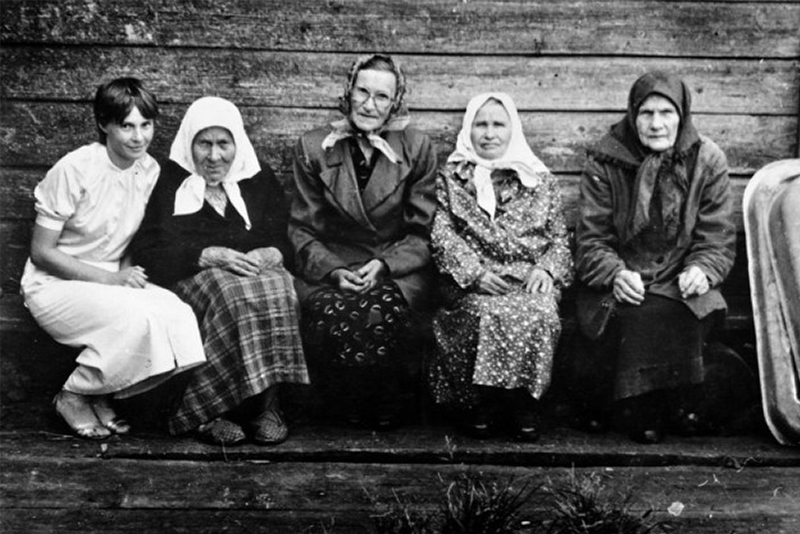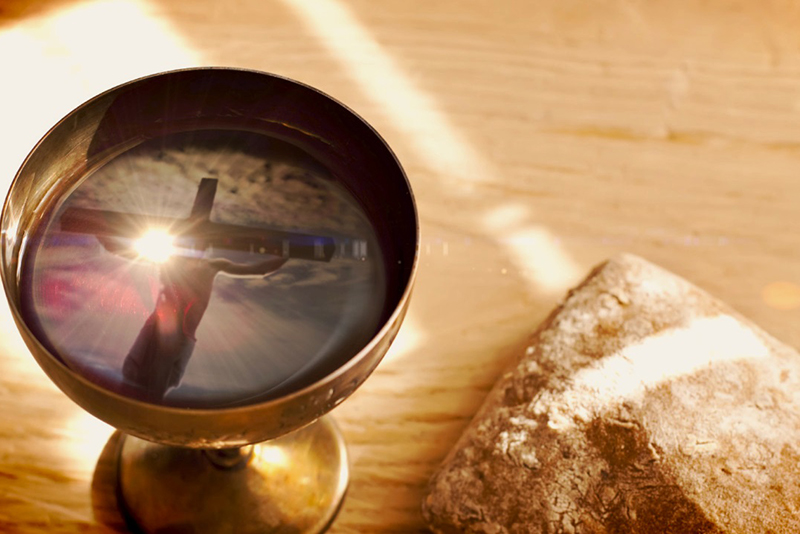
Historically, most Christian shrines, with the exception of those located in the Holy Land – in the place where our Lord Jesus Christ performed His Cross feat, are kept in Catholic churches.
This circumstance is explained by the fact that the first Christian emperors, such as, for example, Equal to the Apostles Emperor Saint Constantine the Great, spent most of their lives in the western part of the Roman (later – Byzantine) empire. In this regard, many shrines of the Christian world, of course, were brought to where the emperor lived. That is why so many Christian shrines are located in the Catholic churches of Rome (the first capital of the empire) or Milan (the actual residence of St. Constantine, to whom, in fact, the practice of “collecting” shrines dates back).
However, this is not an obstacle for Orthodox Christian to the venerate them. A shrine cannot “spoil” or belittle because of the fact that it is not in an Orthodox church.
Thus, the relics of one of the most revered saints – Saint Nicholas, the Wonderworker, Archbishop of Myra in Lycia – also reside on the territory of the Catholic Church in the Italian city of Bari, but the Orthodox have free opportunity to venerate them and even perform Divine Liturgy on them.
Translated by The Catalogue of Good Deeds
Source: https://pravlife.org/ru/content/mozhno-li-pravoslavnym-prikladyvatsya-k-svyatynyam-nahodyashchimsya-v-katolicheskih-hramah




There are good relations in England between Anglicans, Catholics & Orthodox. The shrine of the Protomartyr St. Alban is in an Anglican Cathedral, but anyone who wishes to may pray & venerate there. The Orthodox celebrate a special Liturgy there, once a year, to honor St. Alban. St. Alban’s actual relics are still in a Catholic church in Cologne, Germany, fiercely & zealously guarded by nuns.
Little Walsingham is under Anglican protection, but they & the Catholics & the Orthodox all have shrines there. The monastic Orthodox Brotherhood of St. Seraphim of Sarov was based there.
The relics of St. Edward the Confessor are now, for many years, in the monastery church of the Orthodox St. Edward’s Brotherhood, in Surrey. It took them many years, to satisfy the requirements of the British Crown to be able to permanently house the relics at the monastery.
St. Winifred’s relics are in an Anglican church in Shrewsbury, where strict Crown security measures for such can be met. They were previously in Shrewsbury Abbey, & before that, in Rome, for a long time after the Dissolution.
Then there is the holiest & most ancient site in England…….Glastonbury Abbey, in Somerset.
It is largely in ruins, but still exudes an atmosphere of profound & ancient holiness.
The Lady Chapel there (still largely intact, but without a roof) is built on the site of the original & very ancient Wattle Church. In the crypt of the Lady Chapel is an altar & worship area. The site is under Anglican protection, but any mainstream Christian denomination may serve there, with prior permission.
About halfway between St. Albans & Luton, in Hertfirdshire, is the Luton Hoo. It was a stately manor & grounds, for a long time owned by an exiled member of the extended Romanov family. They had a family chapel which, for many years, had midaeval Russian Orthodox vestments. Also present, & for many years, in s museum-like format, were numerous memorabilia of the Royal Court of the Romanivs (uniforms, dresses, gowns, jewelry. icons,
artworks, furniture, dining wares)……AND the school desk, & blood-stained bandages of the Tsarevich Alexei. To see all this, was to simply be overwhelmed.. Alas, for many years now, it all is no more, due to commercial development. Where the treasures ended up is unknown.
Lord, have Mercy!
One more! The relics of St. David of Wales are in a special shrine behind the high altar of the Anglican Cathedral of St. David’s. Any who wish may venerate them. Nearby are the ruins of the house of St. Non (St. David’s mother). St. David was born in that house, in the midst of a monumentally huge & raging storm. Also nearby is the beach from where St. Patrick set sail to missionize Ireland. St. David’s is on a remote & rugged coastal area in Wales. Even with modern roads & vehicles, it is still an arduous journey to get there. But very much worth the effort! (edited)